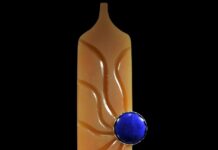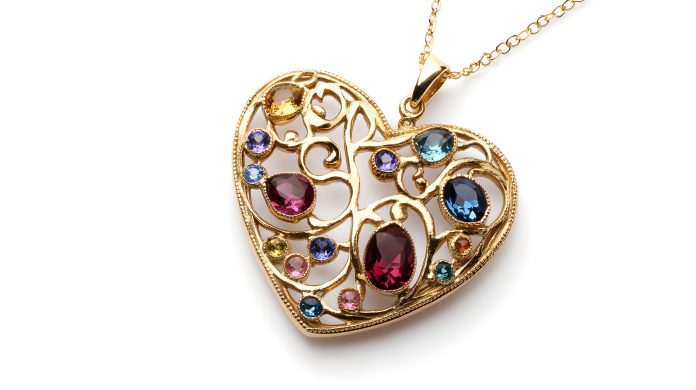
The history of birthstones is rich with symbolism, spiritual tradition, and marketing ingenuity. Gem sellers often link their products to personal milestones—weddings, anniversaries, graduations, and especially birthdays. Birthstones, gemstones symbolically connected to one’s birth month, have long served as a powerful tool in this strategy.

The appeal of birthstones is largely vested in the beauty of the stones themselves. But also important is the history of birthstones, ancient traditions, and a unique personal connection. Although the word “birthstone” dates only to the early 20th century, the origin of the concept of birthstone is rooted in antiquity.
History of Birthstones & the Biblical Breastplate
Most historians agree that the practice of relating gemstones to specific events and beliefs originated in the 15th century B.C., when stones were thought to possess mystical powers of protection and power. These assumptions were embodied in the biblical breastplate of Aaron, the high priest of the Israelites. A symbol of divine guidance, this sacred, golden breastplate is described in the Old Testament’s Book of Exodus as being set with 12 different gemstones of the Bible, each engraved with the name of one of the 12 tribes of Israel.
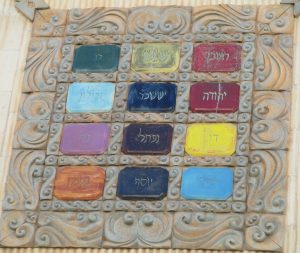
(Wikimedia Commons)
The precise identity of the breastplate stones has been lost over centuries of biblical translation, but recent research suggests that they were carnelian, peridot, turquoise, garnet, lapis lazuli, chrysoprase, amber, agate, amethyst, yellow chalcedony, aquamarine and onyx.
The Role of the Number 12 in Birthstone Lore
The number 12 has biblical significance for both Christians and Jews as a symbol of God’s power. The New Testament’s Book of Revelation, compiled during the 1st century C.E., states that God would build the New Jerusalem upon 12 foundation stones, each set with a different gemstone engraved with the name of one of Christ’s 12 apostles.
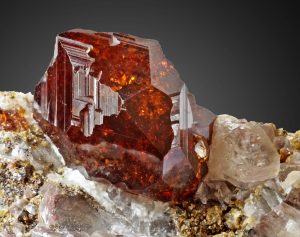
Wikimedia Commons
The number 12 also appears in the zodiac, the section of the sky that includes the sun, moon and planets, the positions of which astrologers believe influence human events and traits. In the 4th century B.C., the Greeks divided the zodiac into 12 equal segments or signs, each of which soon became linked to a specific gemstone.
Specific gemstones then became associated with the 12 calendar months. Among the first to document these so-called “natal stones” were the 1st-century Roman-Jewish historian Flavius Josephus in his Antiquities of the Jews.
The practice of acquiring all 12 natal stones and wearing the stone appropriate for each month emerged in the Middle Ages. By the late 1500s, women in northern Europe had begun wearing only the stone that represented their birth month or zodiacal sign during the entire year.
George Frederick Kunz and the Revival of Birthstones

Wikimedia Commons
General public awareness of natal stones during modern times began with the work of George Frederick Kunz, the self-taught gem expert and writer who is considered America’s first gemologist.
In 1891, Kunz’s employer, New York City’s prestigious Tiffany & Co., published his booklet Natal Stones: Sentiments and Superstitions Connected with Precious Stones.
Although just 36 pages in length, Natal Stones documented and consolidated what had for centuries survived only as an informal tradition. Jewelers nationwide watched with interest as Natal Stones boosted Tiffany’s sales of natal-related gemstones and jewelry.
Modernizing the Birthstone Tradition
In 1906, the newly founded American National Retail Jewelers Association (now Jewelers of America) replaced the archaic term “natal stone” with the more contemporary word “birthstone.” In 1912, the Association modernized the entire birthstone concept. Throughout history, most biblical and zodiacal stones, and the birthstones that followed, had been translucent or opaque and cut into cabochons.
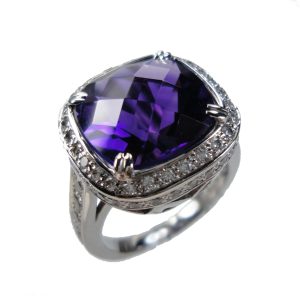
Wikimedia Commons
Casting tradition aside, the Association replaced four of the original stones with the contemporary “big four” precious gemstones—faceted, transparent diamond, ruby, emerald and sapphire. Pearl and opal, also popular at the time, replaced two other traditional stones. The Association later modified the birthstone sequence by moving ruby, with its “warm” color, from December to July, while shifting “cool” colored turquoise from July to December.
George Frederick Kunz, in his 1913 classic The Curious Lore of Precious Stones, objected to the sudden appearance of transparent, faceted precious gems as birthstones, and also to the sequential rearrangement of ruby and turquoise. But the Association’s revised birthstones by month list prevailed—with more changes to come.
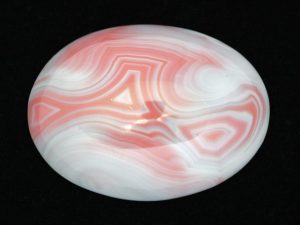
Wikimedia Commons
History of Birthstones: The Landscape Today
The 1930s brought the first alternate gemstones—additional stones for specific months—to offer buyers a wider selection of gem colors for their birth months, as well as options for those uncomfortable with some of the original stones’ religious and spiritual connotations.
Critics argued that each month should have only a single stone and that the new alternate birthstones were simply marketing ploys with no historical credentials. Nevertheless, in 1952, alexandrite, yellow citrine, pink tourmaline, and blue zircon also made the birthstone lists, while tanzanite appeared in 2002 and spinel in 2016.
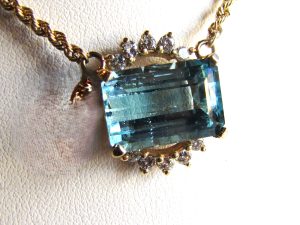
Steve Voynick
Today, various gem trade organizations publish birthstones by month lists, but few agree. Some months retain a single birthstone (January: garnet), while others have two or even three birthstones (December: turquoise, tanzanite, and blue zircon). To further the confusion, foreign birthstone lists often differ significantly from those published in the United States.
History of Birthstones: Final Thoughts
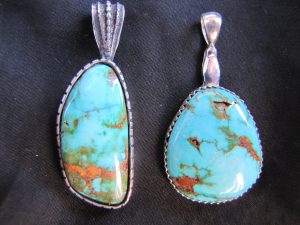
Steve Voynick
Today, the significance of birthstones lies in the eye of the beholder. Some cherish birthstones for their symbolism and long centuries of biblical, astrological, and spiritual tradition, while others are content with the physical beauty of the stones and their tenuous links to birth months. But all agree that the birthstone concept does indeed have a long, colorful history and that birthstones will remain a major marketing tool for the gem trade.
This article about the history of birthstones previously appeared in Rock & Gem magazine. Story by Steve Voynick. Click here to subscribe.










